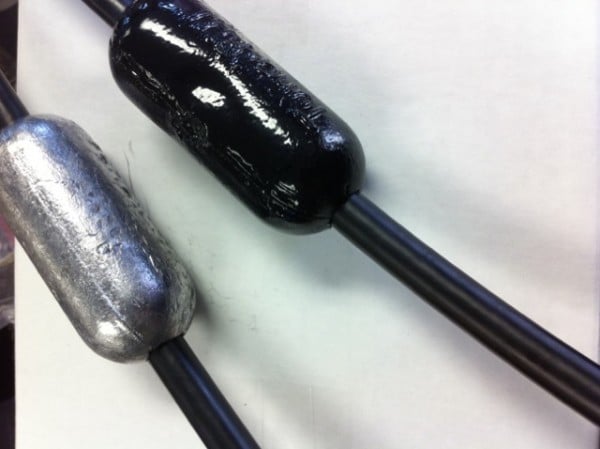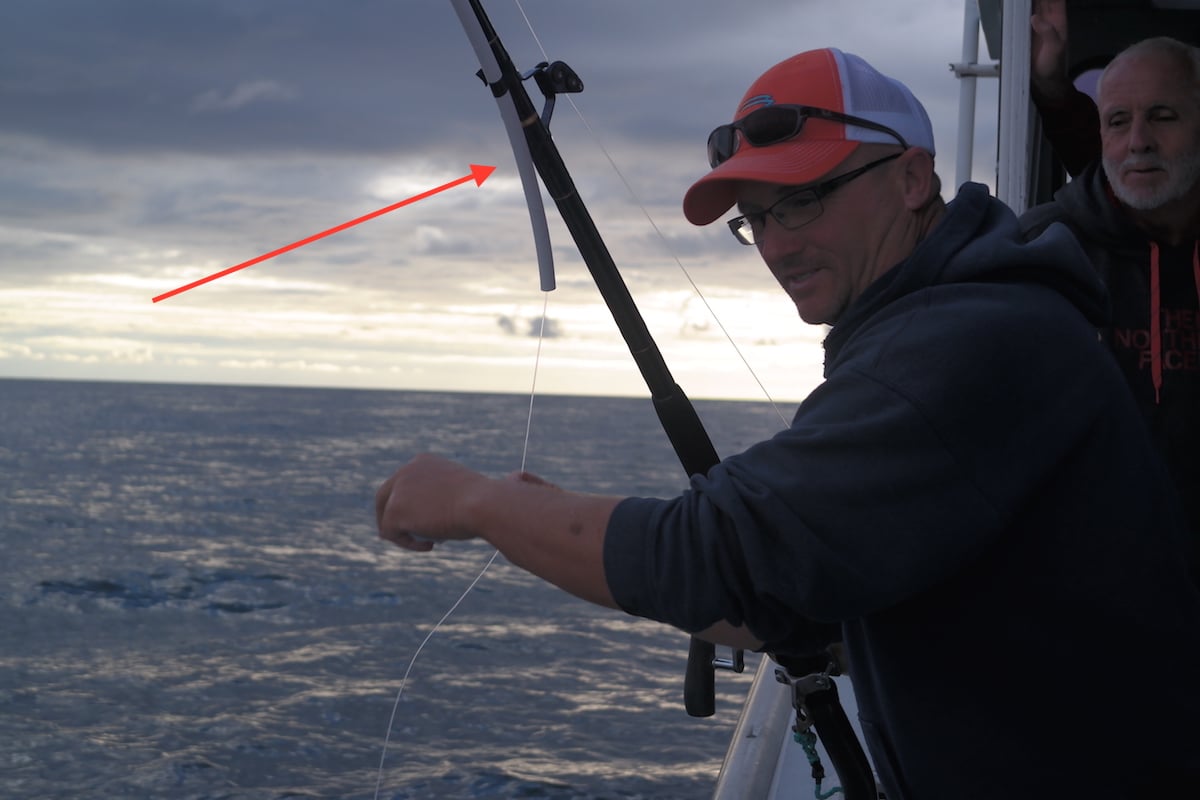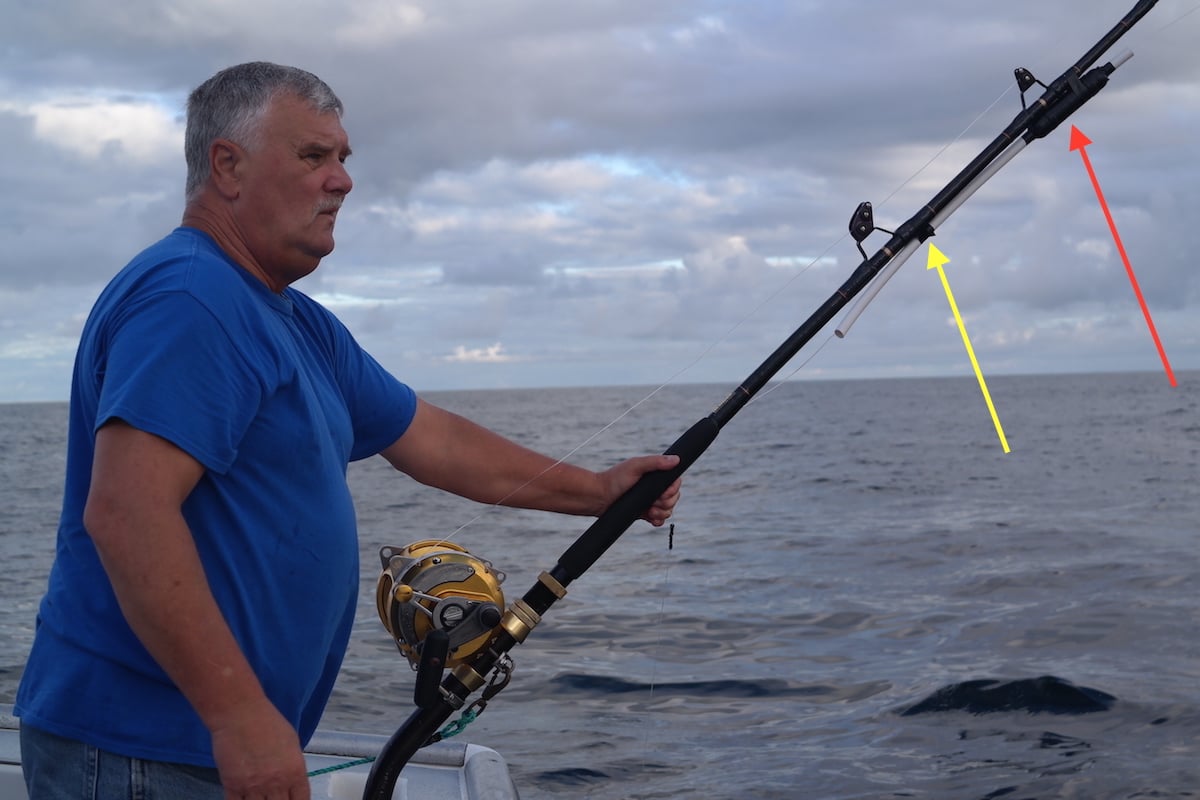
Ryan Collins
Giant bluefin tuna can be extremely fickle creatures when they want to be. Even a 1,000 pound tuna may shy away from a poorly presented live bait.
When you finally do get a bite, there is always a chance of the hook popping, equipment malfunctioning, or the fish chaffing off.
The "tuna bomb" is a slick name for a weighted piece of tubing that slides all the way down the line to the hook immediately after the bite.
In this way the tuna bomb protects the line from chaffing during a lengthy battle with a giant bluefin tuna-the most powerful fish in the sea.
In this article I will do my best to provide you with an effective understanding of tuna bombs, where you can get them, and how to use them.
More...
Overview of a Tuna Bomb
Rigging your line with a tuna bomb is like adding a layer of insurance to protect your line from chaffing against the tuna's hard jaw.
Using a circle hook (often in conjunction with a tuna bomb) is another way to prevent chaffing when fishing live baits for tuna.
Pictured here is a pair of tuna bombs from Saco Bay Tackle. Tuna bombs are also available from Fisherman's Outfitter. Each tuna bomb sells for $19.99.
If all goes as planned, the tuna bomb will slide down the line immediately after a bluefin tuna bites. The tuna bomb will slide over terminal tackle and lodge itself in the jaw of the tuna.
In this fashion the tuna bomb will protect your leader from making contact with the bluefin tuna's teeth and bony mouth-thus decreasing leader chaff and minimizing the odds of snapping off a fish.
Using tuna bombs to protect against chaffing is a technique utilized by tuna fishermen on Cape Cod and in Prince Edward Island, Canada where we fished during August, 2016.
How Tuna Bombs Work
When attaching the tuna bomb to your line, be sure to run the leader through the tuna bomb before tying or crimping on the hook. This seems like common sense but I've made this mistake plenty of times.
Then secure the tuna bomb to your rod using electrical tape.
Pictured here is captain Troy Bruce of Bruce Brothers Charters. The red arrow indicates the tuna bomb, which is secured to the rod with electrical tape. Notice how Troy is setting the live bait by pulling line through the tuna bomb.
In a perfect world, the tuna bomb will easily slide over any terminal tackle, and pop off any weights attached to your line, and eventually snug itself up nicely right at the hook.
Do not overly secure the tuna bomb to the rod, because it will need to snap free when a fish bites. On the flip side, do not lightly secure the tuna bomb, because you don't want it accidentally releasing on its own.
Pictured here is John of Bruce Brothers Charters. The red arrow indicates the weight which propels the bomb through the water column. The yellow arrow indicates the electrical tape which holds the bomb to the rod, and is torn free when the bite happens.
When a fish hits, the tension from the line snaps the electrical tape and the tuna bomb plummets down the line, where it will hopefully lodge itself on top of the hook, and in the corner of the tuna's jaw.
Of course things don't always go as planned, and I know some very good Cape Cod tuna fishermen who do not fish with tuna bombs. Either way, tuna bombs are used with success throughout the world, when live bait fishing for giant bluefin tuna.
Tight lines,






Ryan, The deal with those Tuna Bombs is this. When you make the bomb up to the rod it is only good for the down line /Working line. The lines you have out on balloons have to be rigged differently as the bomb won’t get down to the fish whilst pulling a balloon down. I usually tie them off at 8 to 10 Fathoms above my hook baits.
Although i always use them (to keep my baits down where i want them) Now that we are using Circle hooks they don’t get to work the way as designed. The hook is in the latch 99 % of the time when chunking or fishing live bait. That means the bomb is sitting outside the fishes mouth touching the shank of the hook.
Also it is not quite like so many think. When that fish hits that bomb won’t go straight down because it has much more resistance so the line is pulled right through it at a wicked pace. It really dosn’t get to the fish for some time usually when the fish is straight down.
Don
Ryan, The deal with those Tuna Bombs is this. When you make the bomb up to the rod it is only good for the down line /Working line. The lines you have out on balloons have to be rigged differently as the bomb won’t get down to the fish whilst pulling a balloon down. I usually tie them off at 8 to 10 Fathoms above my hook baits.
Although i always use them (to keep my baits down where i want them) Now that we are using Circle hooks they don’t get to work the way as designed. The hook is in the latch 99 % of the time when chunking or fishing live bait. That means the bomb is sitting outside the fishes mouth touching the shank of the hook.
Also it is not quite like so many think. When that fish hits that bomb won’t go straight down because it has much more resistance so the line is pulled right through it at a wicked pace. It really dosn’t get to the fish for some time usually when the fish is straight down.
Those are great tips, thank you so much for chiming in! I really appreciate it.
Do you fish for tuna in the Cape Cod area?
Gulf Of Maine, Jefferies and North up to Mid coast Maine.
Gotcha. I mostly stick around here, farthest north I’ve fished (minus a trip to PEI) is the middle of Stellwagen Bank.
Last year my friends and I used circle hooks and most of the fish were caught in the corner of the mouth. We did break off a few fish though, so maybe the tuna bomb would of helped in those situations.
One of my friends will not use a tuna bomb because he feels the tuna bomb may actually aid in dislodging the hook.
I’d be curious if anyone has ever recorded statistics of successful landings using just circle hooks versus using a tuna bomb.